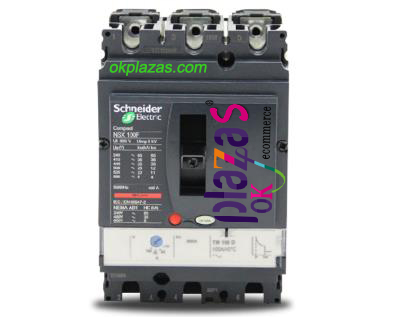Detailed description of electrical clearance and creepage distance of circuit breaker
Detailed description of electrical clearance and creepage distance of circuit breaker
Detailed description of electrical clearance and creepage distance of circuit breaker
The electrical clearance of electrical products must be based on the insulation coordination of the low-voltage system, and the insulation coordination is based on the instantaneous overvoltage being limited to the specified impulse withstand voltage, and the instantaneous overvoltage generated by the electrical appliances or equipment in the system must also be lower than The impulse voltage specified by the power supply system. therefore:
1. The rated insulation voltage of electrical appliances should be greater than or equal to the rated voltage of the power supply system
2. The rated impulse withstand voltage of the electrical appliance should be ≥ the rated impulse withstand voltage of the power system
3. The transient overvoltage generated by electrical appliances should be less than the rated impulse withstand voltage of the power system.
Based on the above three principles, the rated impulse withstand voltage (priority value) Uimp of an electrical appliance has a great relationship with the relative ground voltage of the power system and the installation category of the electrical appliance: the greater the relative ground voltage value, the higher the installation category [points] For I (signal level), II (load level), III (distribution level), IV (power level)], the higher the rated impulse withstand voltage is required. For example, when the relative ground voltage is 220V and the installation category is Ⅲ, Uimp is 4.0KV, if the installation category is Ⅳ, Uimp is 6.0KV. Generally, the Uimp of the molded case circuit breaker is 6.0KV pollution level 3 or 4, and its minimum electrical clearance is 5.5mm. The actual electrical clearances of the products are all greater than 5.5mm.
Regarding the creepage distance, GB/T14048.1 "General Rules for Low-Voltage Switchgear and Control Equipment" stipulates: the minimum creepage distance and rated insulation voltage (or actual working voltage) of electrical appliances (products), the pollution level of the place where electrical products are used, and? For example: the rated insulation voltage is 660(690)V, the pollution level is 3, the insulation material group used in the product is Ⅲa (175≤cti<400, CTI is the tracking index of the insulation material>, the minimum creepage distance is 10mm .
The creepage distance of general molded case circuit breakers greatly exceeds the specified value. To sum up, if the electrical clearance and creepage distance of electrical products meet the requirements of insulation coordination, the dielectric breakdown of the equipment will not be caused by external overvoltage or the operating overvoltage of the line equipment itself. GB7251.1-1997 "Low-Voltage Complete Switchgear and Control Equipment Part 1: Type Test and Partial Type Test Complete Equipment" (equivalent to IEC439-1: 1992), the requirements for insulation coordination are exactly the same as GB/T14048.1 of.

Some manufacturers of complete sets of electrical appliances propose copper bars for circuit breaker wiring, and the (air) distance between phases should be greater than 12mm, and some even propose that the electrical clearance of the circuit breaker should be greater than 20mm. This requirement is unreasonable, and it has exceeded the requirement of insulation coordination. For high current specifications, in order to avoid electrodynamic repulsion when short-circuit current occurs, or conductor heating when high current occurs, in order to increase the heat dissipation space, it is also possible to appropriately widen the space distance between phases.
At this time, whether it is 12mm or 20mm, it can be solved by the complete set of electrical manufacturers, or the electrical component factory can provide elbow terminals or connecting plates (sheets). Generally, when the circuit breaker leaves the factory, an arc isolation plate is provided between the power terminals to prevent the short circuit caused by the arc spray. The circuit breaker with zero flashover is to prevent ionized molecules from escaping when the short-circuit current is interrupted. This kind of arc shield is also installed. If there is no arc shield, the bare copper bars can be wrapped with insulating tape, and the distance should not be less than 100mm.





